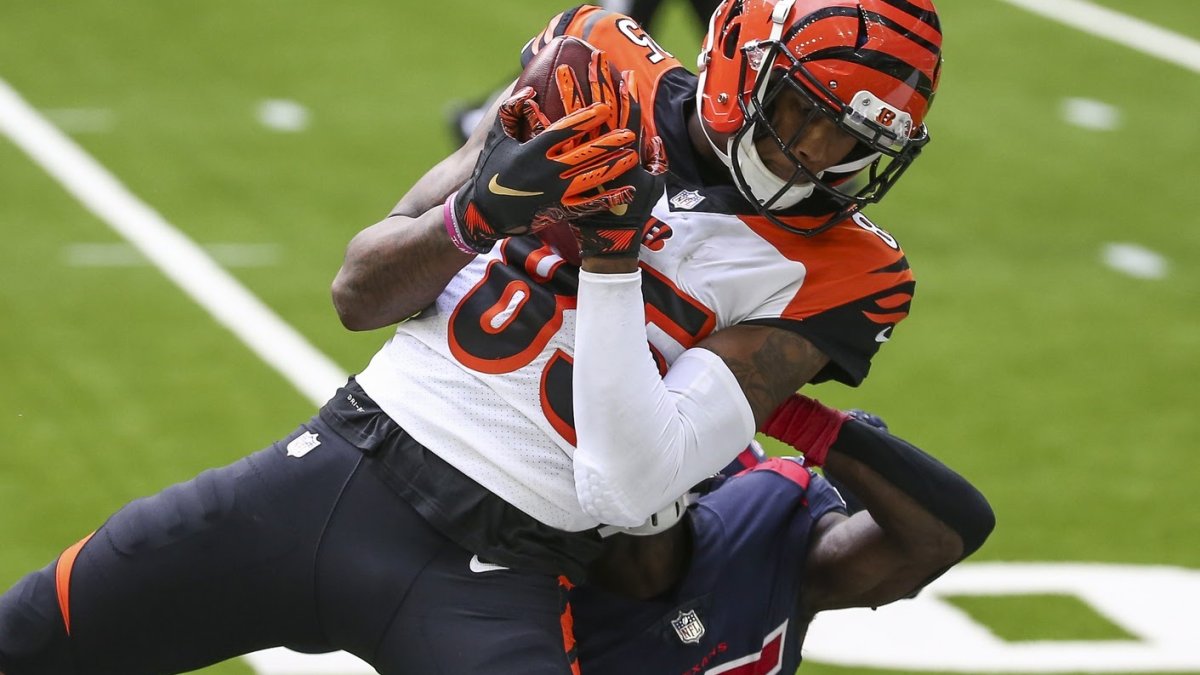In its most boiled-down form, DFS involves identifying the highest-scoring fantasy football players at each position in a given week. With close to 20 playable options at the quarterback and tight end positions, along with even more at the running back and wide receiver positions, it is a feat in itself to identify one position correctly.
To finish at the top of a DFS contest, you must hit on basically all skill positions and circumvent the randomness associated with selecting defenses. Doing all of this while also fitting under the confines of a salary cap makes DFS one of the most difficult setups to beat consistently, especially for large-field tournaments.
Click here for more PFF tools:
Rankings & Projections | WR/CB Matchup Chart | NFL & NCAA Betting Dashboards | NFL Player Props tool | NFL & NCAA Power Rankings
It requires an element of consistency in processes while being able to block out the noise of what the general public continues to preach as the best plays. In order to help newer players along, this article is focused on highlighting the process I use each week to build my DFS tournament lineups. Let’s walk through each model I use to piece together the best lineups to hopefully finish atop a massive-field guaranteed prize pool (GPP) contest.
DFS GAME STACKS
Stacking is essential to success in DFS GPPs. The average user who submits a handful of entries on any one DFS slate doesn’t stack nearly enough in their lineups. The art of stacking is a way to increase variance, which is the only option that offers enough upside to win a GPP tournament.
The more overlooked approach is the game-level stack, which takes not only a quarterback and pass-catching option but also runs it back with a pass-catcher or running back from the opposing team.
This is the perfect starting point to build a quality DFS lineup. It locks in three to four roster spots and provides the upside correlation necessary to potentially finish atop a DFS contest. The easiest starting point is to check betting spreads and totals for games that have shootout potential, but this is the most simple hurdle to climb.
My approach incorporates spreads and totals along with prior relevant fantasy performance for each team to project the games with the best chance to finish as the highest-scoring on the slate. The top games to stack based on this model are below, along with the options most likely to perform if the game turns into a track meet.
HIGH-ROSTERED OPTION
CLEVELAND BROWNS @ KANSAS CITY CHIEFS
The highest total on the main slate will draw plenty of DFS eyeballs in Week 1. Patrick Mahomes is projected to be the highest-rostered quarterback on both DraftKings and FanDuel. A heavy Chiefs stack approach is expected to be both popular and also costly, but a number of value opportunities exist to make it work.




 © 2024 PFF - all rights reserved.
© 2024 PFF - all rights reserved.